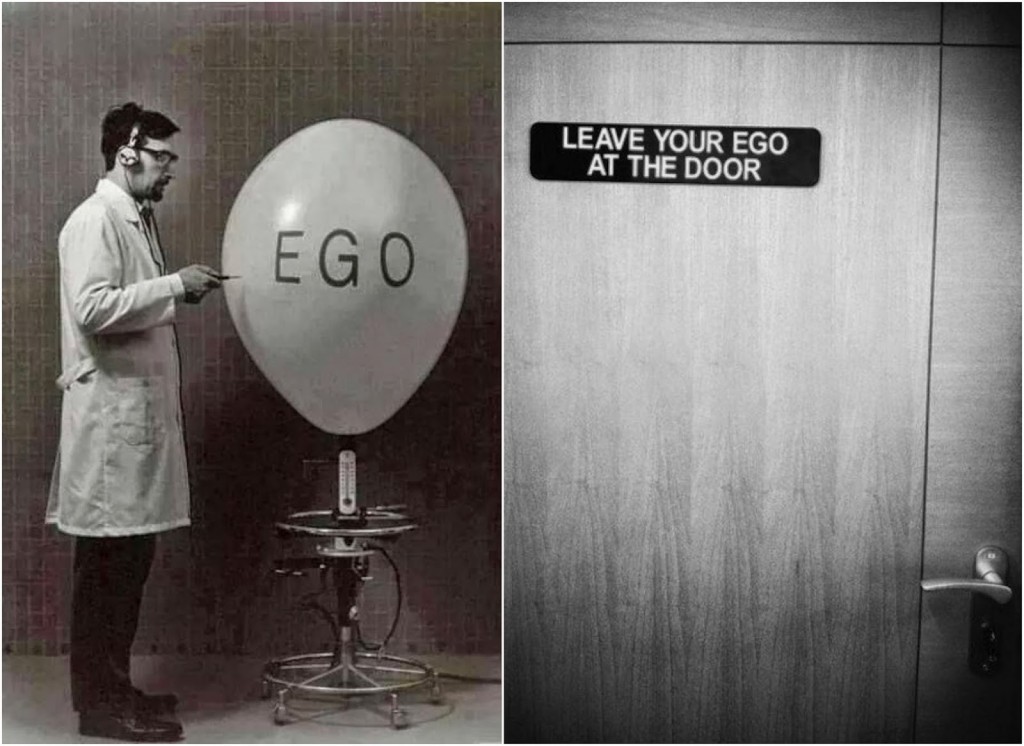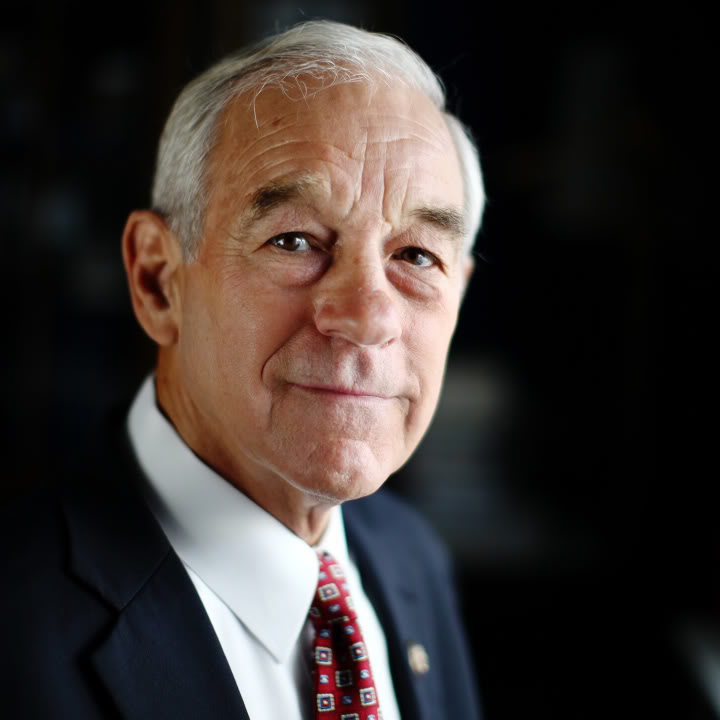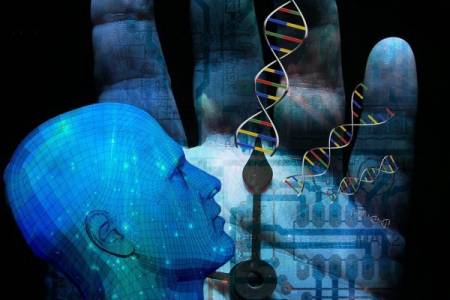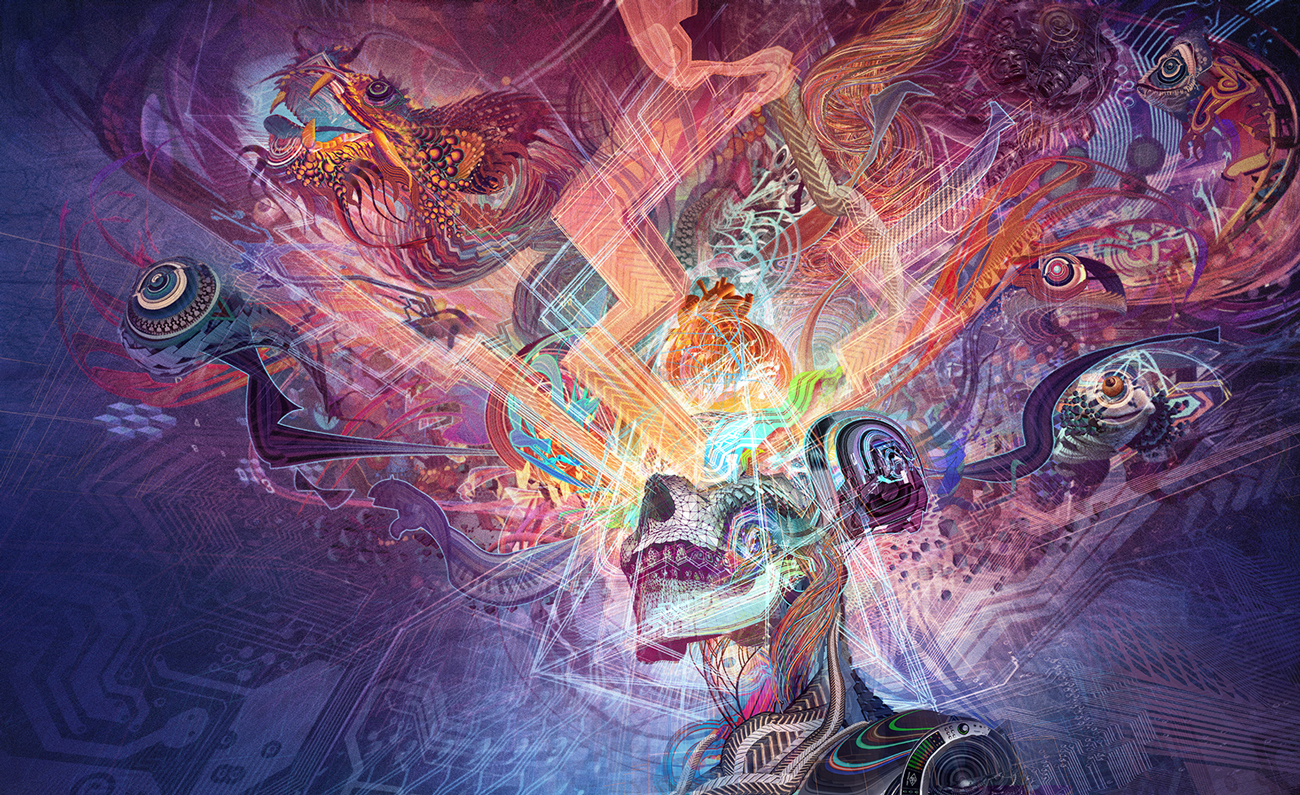“Now,” asks the reviewer, “what was the meaning of such a series of prodigies, all of them freely admitted in Figuier’s book? No meaning at all! It was nothing,” he says, “except the effect of a ‘momentary exaltation of the intellectual faculties.’ ” “These phenomena,” he adds, “are observable in many of the cerebral affections.”
“Momentary exaltation, lasting for many hours in the brains of babies under one year old, not weaned yet, speaking good French before they had learned to say one word in their own patois! Oh, miracle of physiology! Prodigy ought to be thy name!” exclaims des Mousseaux.
“Dr. Calmeil, in his work on insanity,” remarks Figuier, “when reporting on the ecstatic theomania of the Calvinists, concludes that the disease must be attributed in the simpler cases to HYSTERIA, and in those of more serious character to epilepsy. . . . We rather incline to the opinion,” says Figuier, “that it was a disease sui generis, and in order
Page 372
to have an appropriate name for such a disease, we must be satisfied with the one of the Trembling Convulsionaires of Cevennes.”
Theomania and hysteria, again! The medical corporations must themselves be possessed with an incurable atomomania; otherwise why should they give out such absurdities for science, and hope for their acceptance?
“Such was the fury for exorcising and roasting,” continues Figuier, “that monks saw possessions by demons everywhere when they felt in need of miracles to either throw more light on the omnipotency of the Devil, or keep their dinner-pot boiling at the convent.”
For this sarcasm the pious des Mousseaux expresses a heartfelt gratitude to Figuier; for, as he remarks, “he is in France one of the first writers whom we find, to our surprise, not denying the phenomena which have been made long since undeniable. Moved by a sense of lofty superiority and even disdain for the method used by his predecessors, Dr. Figuier desires his readers to know that he does not follow the same path as they. ‘We will not reject,’ says he, ‘as being unworthy of credit, facts only because they are embarrassing for our system. On the contrary, we will collect all of the facts that the same historical evidence has transmitted to us . . . and which, consequently, are entitled to the same credence, and it is upon the whole mass of such facts that we will base the natural explanation, which we have to offer, in our turn, as a sequel to those of the savants who have preceded us on this subject.’ ”
Thereupon, Dr. Figuier proceeds. He takes a few steps, and, placing himself right in the midst of the Convulsionaires of St. Medard, he invites his readers to scrutinize, under his direction, prodigies which are for him but simple effects of nature.
But before we proceed, in our turn, to show Dr. Figuier’s opinion, we must refresh the reader’s memory as to what the Jansenist miracles comprised, according to historical evidence.
Abbe Paris was a Jansenist, who died in 1727. Immediately after his decease the most surprising phenomena began to occur at his tomb. The churchyard was crowded from morning till night. Jesuits, exasperated at seeing heretics perform wonders in healing, and other works, got from the magistrates an order to close all access to the tomb of the Abbe. But, notwithstanding every opposition, the wonders lasted for over twenty years. Bishop Douglas, who went to Paris for that sole purpose in 1749, visited the place, and he reports that the miracles were still going on among the Convulsionaires. When every endeavor to stop them failed, the Catholic clergy were forced to admit their reality, but screened them-
Page 373
selves, as usual, behind the Devil. Hume, in his Philosophical Essays, says: “There surely never was so great a number of miracles ascribed to one person as those which were lately said to have been wrought in France upon the tomb of the Abbe Paris. The curing of the sick, giving hearing to the deaf and sight to the blind, were everywhere talked of as the effects of the holy sepulchre. But, what is more extraordinary, many of the miracles were immediately proved upon the spot, before judges of unquestioned credit and distinction, in a learned age, and on the most eminent theatre that is now in the world . . . nor were the Jesuits, though a learned body, supported by the civil magistrates, and determined enemies to those opinions in whose favor the miracles were said to have been wrought, ever able distinctly to refute or detect them . . . such is historic evidence.” Dr. Middleton, in his Free Enquiry, a book which be wrote at a period when the manifestations were already decreasing, i.e., about nineteen years after they had first begun, declares that the evidence of these miracles is fully as strong as that of the wonders recorded of the Apostles.

Moe is the founder of GnosticWarrior.com. He is a father, husband, author, martial arts black belt, and an expert in Gnosticism, the occult, and esotericism.





![How the same holy man gave sight to the blind daughter of a tribune, and then coming to St. Alban, there received of his relics, and left other relics of the blessed Apostles and other martyrs [429 A.D.] | Book 1 | Chapter 17 How the same holy man gave sight to the blind daughter of a tribune, and then coming to St. Alban, there received of his relics, and left other relics of the blessed Apostles and other martyrs [429 A.D.] | Book 1 | Chapter 17](https://www.gnosticwarrior.com/wp-content/plugins/contextual-related-posts/default.png)